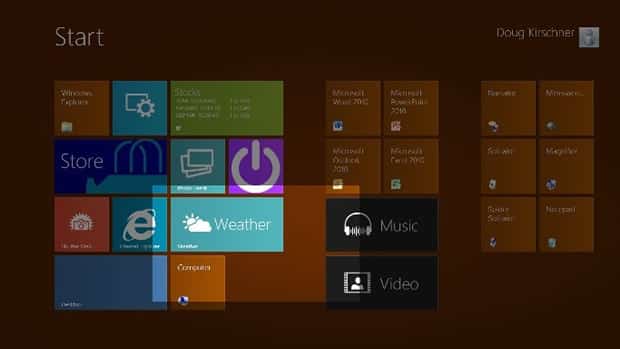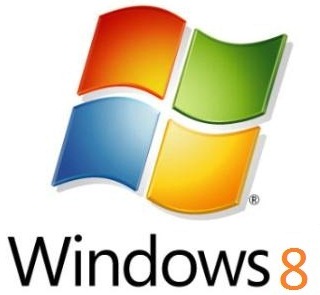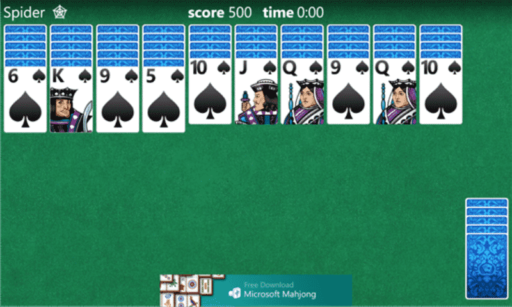Microsoft packed into latest version of its operating system a set of assistive technologies meant to help people with disabilities enjoy the touch screen experience. Widows 8 comes with a few enhancements of the already build in features designed for people with impairments.
Microsoft is true to its beliefs to provide technological means to help alleviate the physical impairments with the built in features of Windows 7 like Narrator, designed to read aloud texts for blind users, or the Magnifier that lets people who have trouble seeing navigate much easier on the screen. In addition, speech recognition technology allows users who cannot type input commands into their devices.
Now, with Windows 8, Microsoft took this approach a step further as Jennifer Norberg, a senior program manager on Microsoft’s Human Interaction Platform team explains on the Building Windows 8 blog. Microsoft teams were focused on including a group of population often disregarded by tech companies that design products and software for the mainstream. However, the number of users left aside because their disabilities is quite impressive, as reports show that 15% of the world population has a disability. In the US, the main market of the latest tech products almost 50 million people have a physical impairment that prevents them to enjoy the latest devices on the market and 45 more million people with disabilities are in Europe.
For this market, Microsoft improved its main features of assistive technologies. The Narrator got redesigned and the performance was improve so it could read quicker the selected items. Also Microsoft added more languages and voices to make it available for a wider audience. In addition, the UI Automation got improved and made to suit better the Narrator features. Now, Narrator can not only access Internet Explorer but it can also help user discover new webpages and browse through information much faster than before and allows the user explore the user interface with unprecedented ease.
Also, Magnifier got a multi touch features allowing easier navigation with more intuitive multi gestures. “We chose to focus on full-screen mode for touch because of the data we gathered through the Customer Experience Improvement Program, which showed full-screen mode was the most commonly used. It’s also the best mode to leverage touch gestures because it spans the whole screen,” explains Microsoft’s dedicated blog.
[ttjad keyword=”microsoft”]



![Read more about the article [Review] StatWin 8.4.1 – Monitor and Regulate PC Usage](https://thetechjournal.com/wp-content/uploads/2011/06/Screenshot_StatWin-512x339.jpg)

http://officekey.blogspot.com/